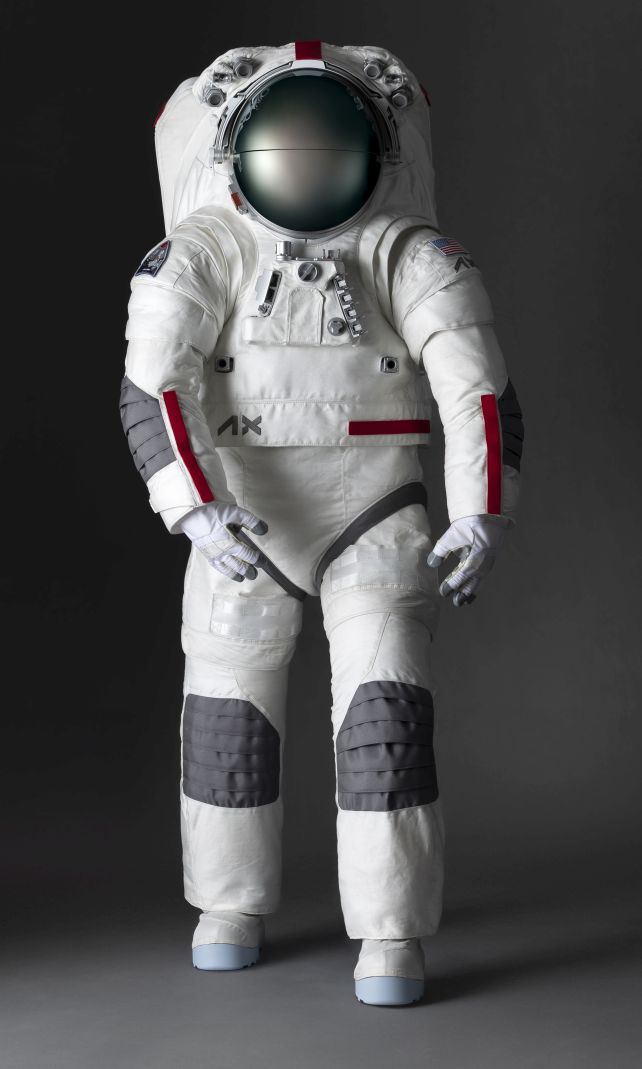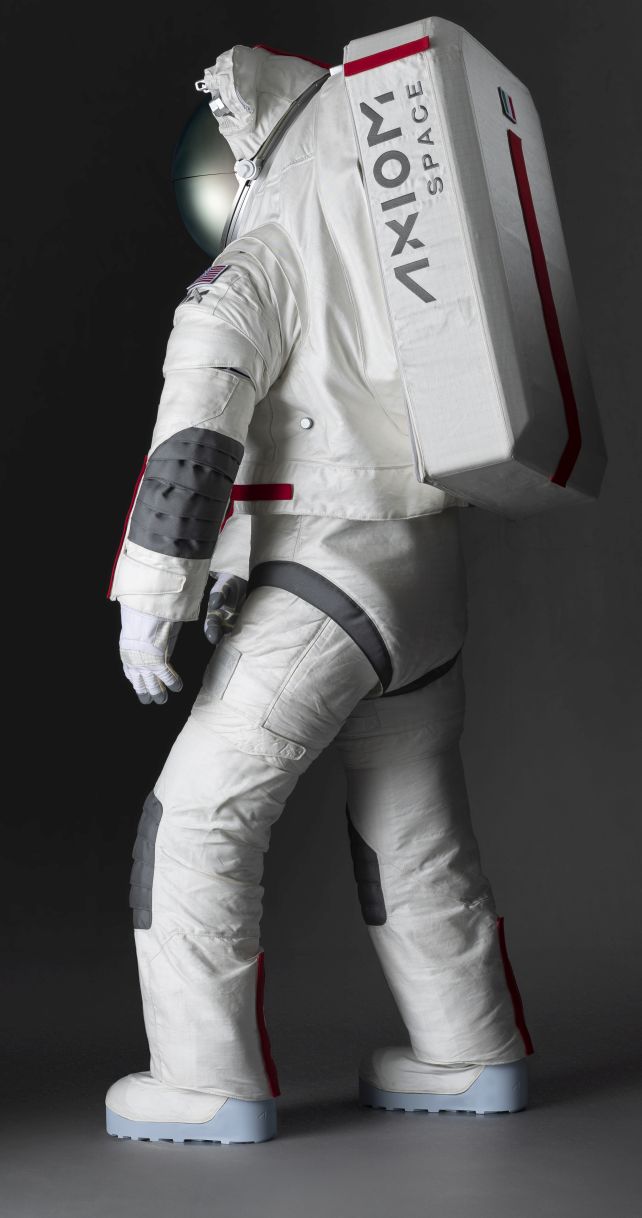It's not every day that humans get to walk on the Moon. In fact, it's been more than 50 years since humans last set foot on the lunar surface, during NASA's Apollo 17 mission in 1972.
Such a momentous occasion as a return to Earth's dusty gunpowder satellite requires nothing short of the fanciest of duds – so Axiom Space, the contractor tasked with designing the crucial suits for extravehicular activities during NASA's 2026 Artemis III mission to the Moon, teamed up with luxury fashion house Prada.
The AxEMU technology was first revealed last year, but the final look of the suit was being kept coyly secret.
Now, the secret is out. The collaboration has unveiled its design – a gleaming white spacesuit, like the suits worn during the Apollo era, a hue chosen for its ability to reflect heat.

"Going beyond our limits is one of the company's values that perfectly reflects the spirit of the Prada brand and my parents' vision," says Prada's Lorenzo Bertelli.
"I'm very proud of the result we're showing today, which is just the first step in a long-term collaboration with Axiom Space. We've shared our expertise on high-performance materials, features, and sewing techniques, and we learned a lot. I'm sure we'll continue to explore new challenges, broaden our horizons, and build new scenarios together."
Designing a functional spacesuit for the Moon is extremely challenging. It needs to withstand extremes of temperature, as the Moon can soar up to 121 degrees Celsius during the day (250 Fahrenheit), and drop to -133 degrees Celsius (-207 Fahrenheit) at night. In the permanently shadowed craters at the poles, where NASA's crew hopes to look for ice, it gets even colder, down to -246 degrees Celsius.
In addition, the suits need to be airtight, and shield against space radiation to keep the astronauts alive; maintain comfortable pressure; be equipped with a life support system, as well as any tools the astronauts need for communication and exploration.

The boots need to be rugged enough to withstand lunar terrain. The astronauts need to be able to pee. Sizing needs to encompass a range of body shapes and sizes. And, after all that, the suits still need to be flexible enough for mobility.
The AxEMU has been run through several tests, and is near the end of development. Pressurized tests have been conducted with NASA, SpaceX, and Axiom Space, and will be undergoing underwater testing as the next step.
You can read more about the new suit on Axiom Space's website. And if you want to know more about the challenges involved in designing attire for space, you can't go past Spacesuit: Fashioning Apollo by Nicholas de Monchaux.
